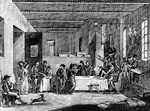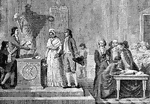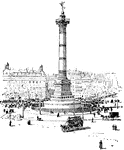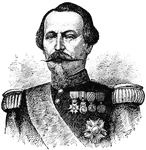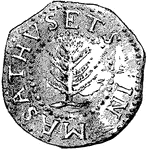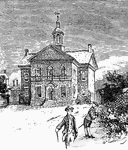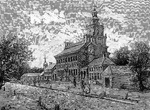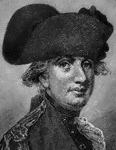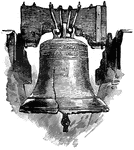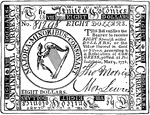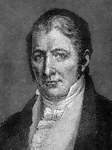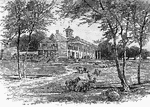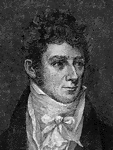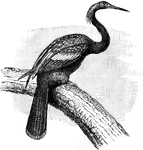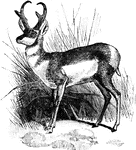
Chatterton's Hill
"Chatterton's Hill, from the rail-way station. This is a view of the southeastern side of Chatterton's…
Flag Staff
"Flag-staff, Fort Washington. This flag-staff, indicating the center of the fort, is a prominent object…

Fort Washington
"View at Fort Washington. This is a view from the site of the interior works at Fort Washington from…

King's Bridge
"View at King's Bridge. This view is from the southwest side of the stream, from near the tide-mill.…
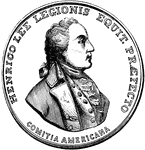
Lee Medal Front
"Medal awarded to Lee. On the twenty second of September, Congress honored Lee with a vote of thanks,…
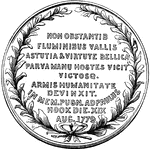
Lee Medal Back
"Medal awarded to Lee. On the twenty second of September, Congress honored Lee with a vote of thanks,…

Washington's Quarters
"Washington's Quarters. This is a view of the southwest front of the mansion. The room occupied by Washington…
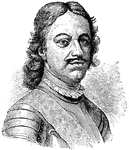
Peter the Great
"Peter the Great. This prince is one of the most extraordinary figures in history. As a boy he showed…

George III, King of England
"George III (1760-1815). The first two Hanoverian kings were ignorant of English politics and obliged…

Bastile
"The taking of the Bastile, July 14, 1789. The Parisian mob, not satisfied with the formation of the…
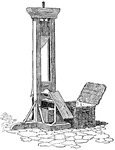
Guillotine
"The guillotine was used during the Reign of Terror of the French Revolution. Now that the power of…

Napoleon
"France under Napoleon. The consulate was the form of government established after the overthrow of…

Trafalgar Monument
"Trafalgar Monument, Battle of Trafalgar (1805). During the early part of the Napoleonic wars, England's…
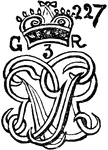
Stamp Act
"Stamp from the Stamp Act. The first direct issue of importance between the colonies and England came…
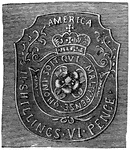
Stamp Act
"Stamp from the Stamp Act. The first direct issue of importance between the colonies and England came…

Agave
"Century-plant. A large North American genus of plants, of the natural order Amaryllidaceæ, chiefly…

Hale Statue
"Statue of Nathan Hale. It was during his treated that an event occurred which showed how much Americans…

Cytherea dione
"The posterior being besest by spines, and the sides furrowed with elevated lamellæ. The color…

Passenger Train
"The first passenger locomotive built in the United States. A year after the Enterprise sailed for India,…
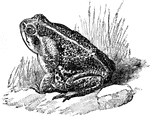
Bufo Toad
"Agua-Toad (Bufo marinus), a very large and common South American toad, with enormous parotid glands."-Whitney,…

Alewife
"A North American fish, Clupea Vernalis, from 8 to 10 inches long, resembling a small shad, but much…
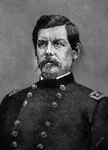
George B. McClellan
"George Brinton McClellan was born at Philadelphia, December 3, 1826. He was for two years a student…

Alligator
"Any member of the family Alligatoridæ, or some American member of the Crocodilidæ."-Whitney,…

Alligator Skull
"Skull of a member of the family Alligatoridæ, or some American member of the Crocodilidæ."-Whitney,…
Four Eyes
"There are several species of the genus, Anableps, the principal one being Four Eyes, inhabiting the…
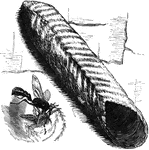
Dauber
"A South American genus, Pelopaeus, allied to the preceeding, is called the Dauber, from its…
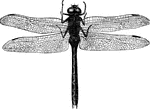
American Dragonfly
"They are often seen moving with a rapid flight over rivers, ponds, and meadows, alighting for a moment,…
Filipino Bolo
"A Bolo is a short, broad, lance-shaped weapon; used by the Filiinos in their operations against the…

Filipino Bolo Sheath
"A Bolo is a short, broad, lance-shaped weapon; used by the Filiinos in their operations against the…
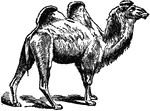
Camel
"Camel is a genus of ruminant quadrupeds, characterized by the absence of horns; a fissure in the upper…

Canada Goose
"The Canada Goose is an American wild goose 30 to 35 inches long, brownish above, lighter below, head,…

Chinchilla
"Chinchilla is a genus of South American herbivorous rodents very closely allied to the rabbit, which…
!["The largest diamond ever found in Brazil weighed 254 and a half carats, and was discovered in 1853 by a [African-American] in the river Bogageno; it is known as the "Star of the South." It was sold to the Gaekwar of Baroda for $450,000."—(Charles Leonard-Stuart, 1911)](https://etc.usf.edu/clipart/15100/15121/starsouth_15121_mth.gif)
Star of the South Diamond
"The largest diamond ever found in Brazil weighed 254 and a half carats, and was discovered in 1853…

Drumfish
"Drumfish, or Drum, and other species of the same genus, fishes found on the Atlantic coasts of North…
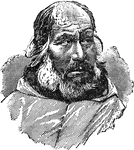
Eskimo Man
"Eskimo is the name of the inhabitants of the N. coast of the American continent down to lat. 60 degrees…
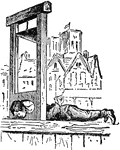
Guillotine
"The guillotine is an apparatus for beheading persons at one stroke, adopted by the National Assembly…

